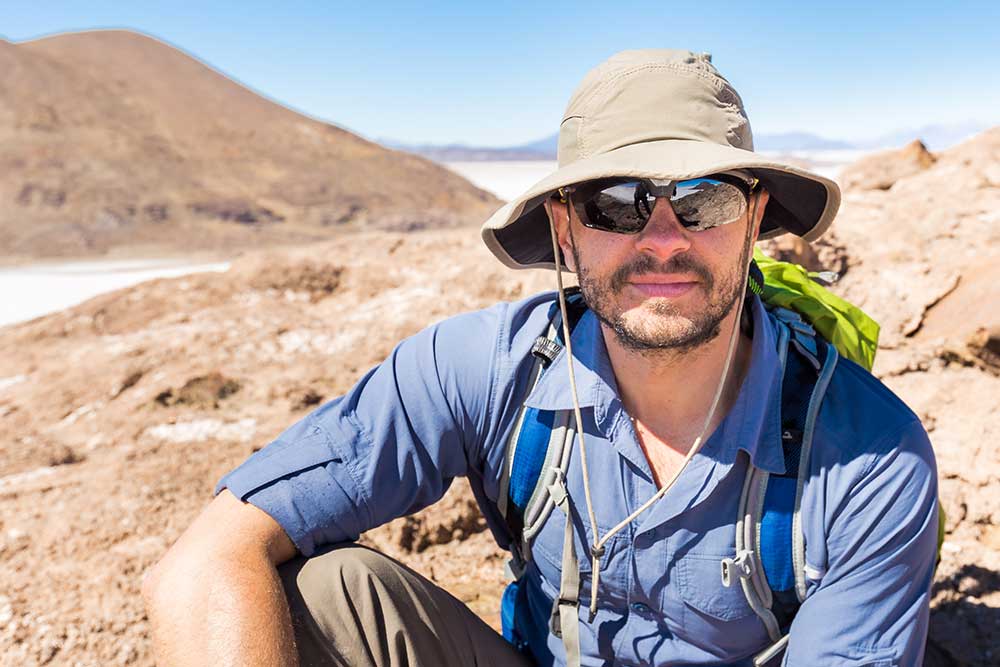All Categories
Featured
Table of Contents
What Are Geological, Geochemical, in Karawara WA 2023

(PREM)., and the boundaries in between layers of the mantle are constant with stage transitions.

This makes plate tectonics possible. Schematic of Earth's magnetosphere. The solar wind circulations from delegated right. If a world's magnetic field is strong enough, its interaction with the solar wind forms a magnetosphere. Early space probes drawn up the gross dimensions of the Earth's magnetic field, which extends about 10 Earth radii towards the Sun.
Inside the magnetosphere, there are reasonably dense regions of solar wind particles called the Van Allen radiation belts. Geophysical measurements are generally at a specific time and location. Accurate measurements of position, along with earth contortion and gravity, are the province of geodesy. While geodesy and geophysics are separate fields, the two are so carefully connected that many clinical organizations such as the American Geophysical Union, the Canadian Geophysical Union and the International Union of Geodesy and Geophysics incorporate both.
Geophysicist in Wattle Grove Australia 2022
, combines huge coordinates and the regional gravity vector to get geodetic collaborates. This method just provides the position in two coordinates and is more difficult to use than GPS.
Relative positions of two or more points can be identified utilizing very-long-baseline interferometry. Gravity measurements ended up being part of geodesy due to the fact that they were needed to related measurements at the surface of the Earth to the reference coordinate system. Gravity measurements on land can be made utilizing gravimeters released either on the surface or in helicopter flyovers.
Water level can likewise be determined by satellites utilizing radar altimetry, contributing to a more precise geoid. In 2002, NASA launched the Gravity Recovery and Climate Experiment (GRACE), in which two twin satellites map variations in Earth's gravity field by making measurements of the range in between the two satellites utilizing GPS and a microwave varying system. Satellites in area have made it possible to gather information from not just the visible light region, however in other locations of the electromagnetic spectrum. The planets can be characterized by their force fields: gravity and their magnetic fields, which are studied through geophysics and space physics. Measuring the changes in acceleration experienced by spacecraft as they orbit has actually permitted great information of the gravity fields of the worlds to be mapped.
Uses For Geophysical Data in Calista WA 2022

Since geophysics is worried about the shape of the Earth, and by extension the mapping of features around and in the planet, geophysical measurements consist of high accuracy GPS measurements. These measurements are processed to increase their precision through differential GPS processing. Once the geophysical measurements have actually been processed and inverted, the translated outcomes are plotted using GIS.
Numerous geophysics business have actually designed in-house geophysics programs that pre-date Arc, GIS and Geo, Soft in order to fulfill the visualization requirements of a geophysical dataset. Expedition geophysics is applied geophysics that often utilizes remote picking up platforms such as; satellites, aircraft, ships, boats, rovers, drones, borehole picking up equipment, and seismic receivers.
For circumstances, aeromagnetic data (aircraft collected magnetic information) gathered utilizing traditional fixed-wing aircraft platforms need to be fixed for electro-magnetic eddy currents that are produced as the airplane moves through Earth's electromagnetic field. There are likewise corrections related to modifications in measured possible field intensity as the Earth turns, as the Earth orbits the Sun, and as the moon orbits the Earth.
Geophysicist Jobs in Koondoola Aus 2022
Signal processing includes the correction of time-series information for unwanted sound or errors introduced by the measurement platform, such as aircraft vibrations in gravity data. It also involves the decrease of sources of noise, such as diurnal corrections in magnetic information., meteorology, and physics.
The magnetic compass existed in China back as far as the 4th century BC. It was not until good steel needles might be forged that compasses were utilized for navigation at sea; prior to that, they might not retain their magnetism long enough to be useful.
By taking a look at which of eight toads had the ball, one might identify the direction of the earthquake. It was 1571 years prior to the very first style for a seismoscope was released in Europe, by Jean de la Hautefeuille. It was never built. One of the publications that marked the beginning of modern science was William Gilbert's (1600 ), a report of a series of precise experiments in magnetism.
Geophysical Surveys Definition & Meaning In Stock ... in Two Rocks WA 2021
Geochemistry, Geophysics, Geosystems. National Aeronautics and Area Administration. Retrieved 13 November 2018.
Runcorn, S.K, (editor-in-chief), 1967, International dictionary of geophysics:. Pergamon, Oxford, 2 volumes, 1,728 pp., 730 fig Geophysics, 1970, Encyclopaedia Britannica, Vol. Introduction to seismology (Second ed.).
Table of Contents
Latest Posts
Geophysical And Geotechnical Assessment in Mount Hawthorn Western Australia 2020
Geophysicist Bob Embley: Ocean Exploration Careers in Alexander Heights Oz 2022
Geophysical Surveys: Definition & Methods in Woodlands Western Australia 2021
More
Latest Posts
Geophysical And Geotechnical Assessment in Mount Hawthorn Western Australia 2020
Geophysicist Bob Embley: Ocean Exploration Careers in Alexander Heights Oz 2022
Geophysical Surveys: Definition & Methods in Woodlands Western Australia 2021